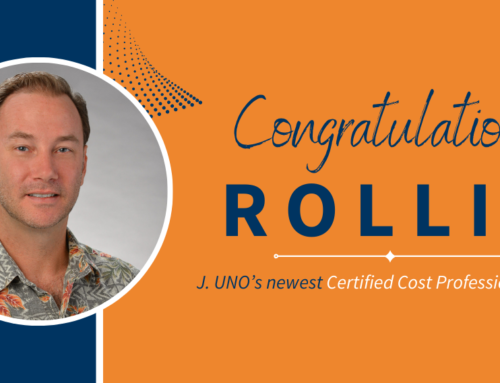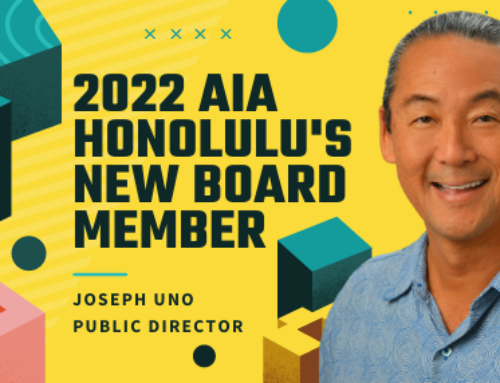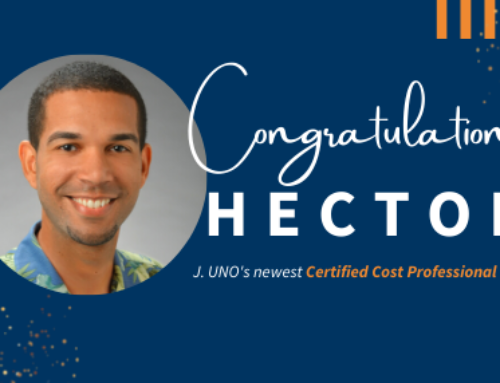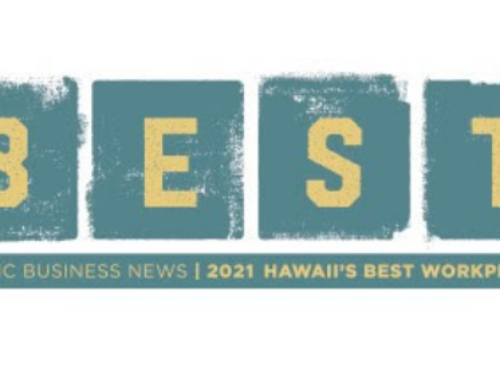Sep 26, 2014
I plan to retire in five to seven years.
You have to accept that there are stages.
I’m starting to make some moves to do the transition. The first is to do a self study. Then you look at the company and figure out its value. The next step is looking at steps to ownership transfer and have your people buy in. We are really working on that. The company is saving money, so shares become available.
(Editor’s Note: Uno says his son is not interested in taking over the firm, so he has decided to bring on new hires in the hope that one of them might succeed him.)
The three prospects are really key. They will have to figure it out themselves. I really want to keep that strategy going for the time being. I want to see them grow, and I’m encouraging different things such as getting them to do continuing education efforts.
I really enjoy mentoring, and that comes in handy since we are doing more and more projects each year.
For example, last year we did 240 projects, but this year, we are on track to do 450 projects.
We see projects of all sizes, from Hawaii and overseas throughout the Pacific. Seventy percent of our work comes from the public sector, and the balance are private schools and health care work.
I’m a Boy Scout and being prepared is the motto. Preparing is what I’m eager to do. I want to make sure I know the numbers. The other day it hit me, starting down this succession planning. You have to think about what you need to get there.
I’m having to cross that line and draw that line. The trajectory of income in a normal life where you are going to be comfortable with it going flat, that was a tug to my heart strings.
In looking for people to succeed me, they have to be curious. As many projects as we get, they’re all new, and every design approach is different, from facilities to functions.
What is this function and what materials are they using and how much does it cost? Being curious about what it’s all about is extremely important.
I have to be honest: There are lots of old-school engineers and architects who work 12- to 14-hour days. I just don’t see that from the guys I want to succeed me.
But, when I talk about this with my colleagues, they get done in 40 hours and go look to do something else. If someone came along with those attributes, to put in the extra time, that would really stand out to me because it’s not something you see commonly anymore.
When I retire, I plan to do more nonprofit work. Right now, I sit on the board of Hookakoo Corp., a nonprofit governing board of volunteers for three public conversion charter schools.
Being able to make a difference, being a part of this, is powerful and it’s so gratifying.
I also plan to do more Habitat for Humanity work. I’m also looking forward to be able to travel more, and I will still do some consulting work on the side.
My wife, Aloma, is from Sri Lanka, and we have a project down there. It will deal with the late Geoffrey Bawa, a very famous architect in Sri Lanka — pretty much the father of tropical architecture.
My wife and I were traveling in Germany and we saw his display at a museum of architecture. We may look into having a traveling exhibit of him, and take it all over the world. It’s kind of exciting to look forward to.






